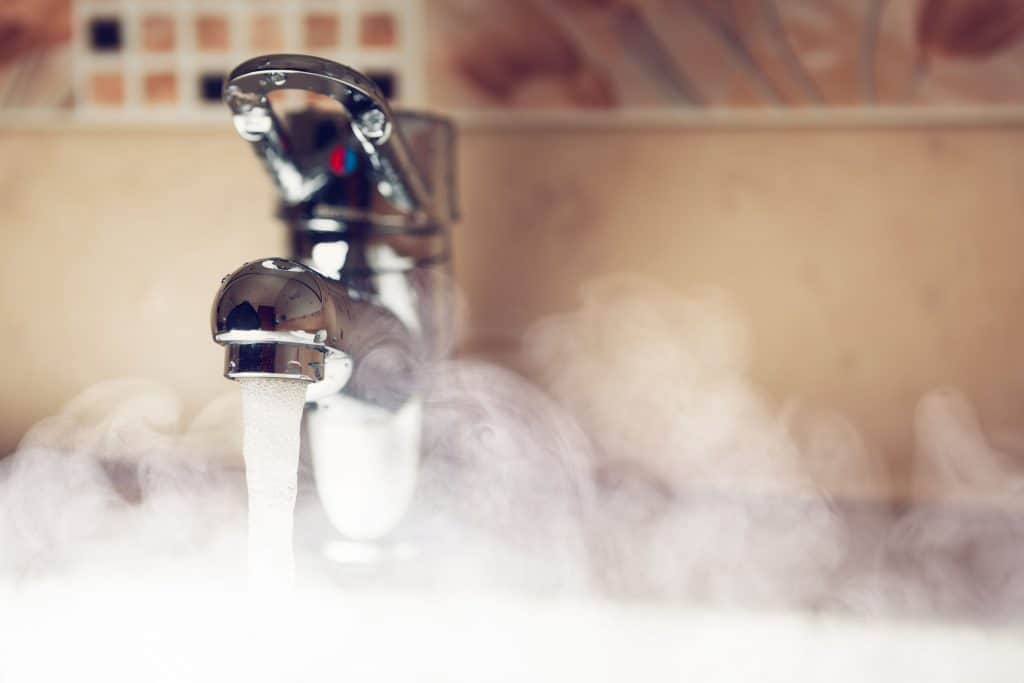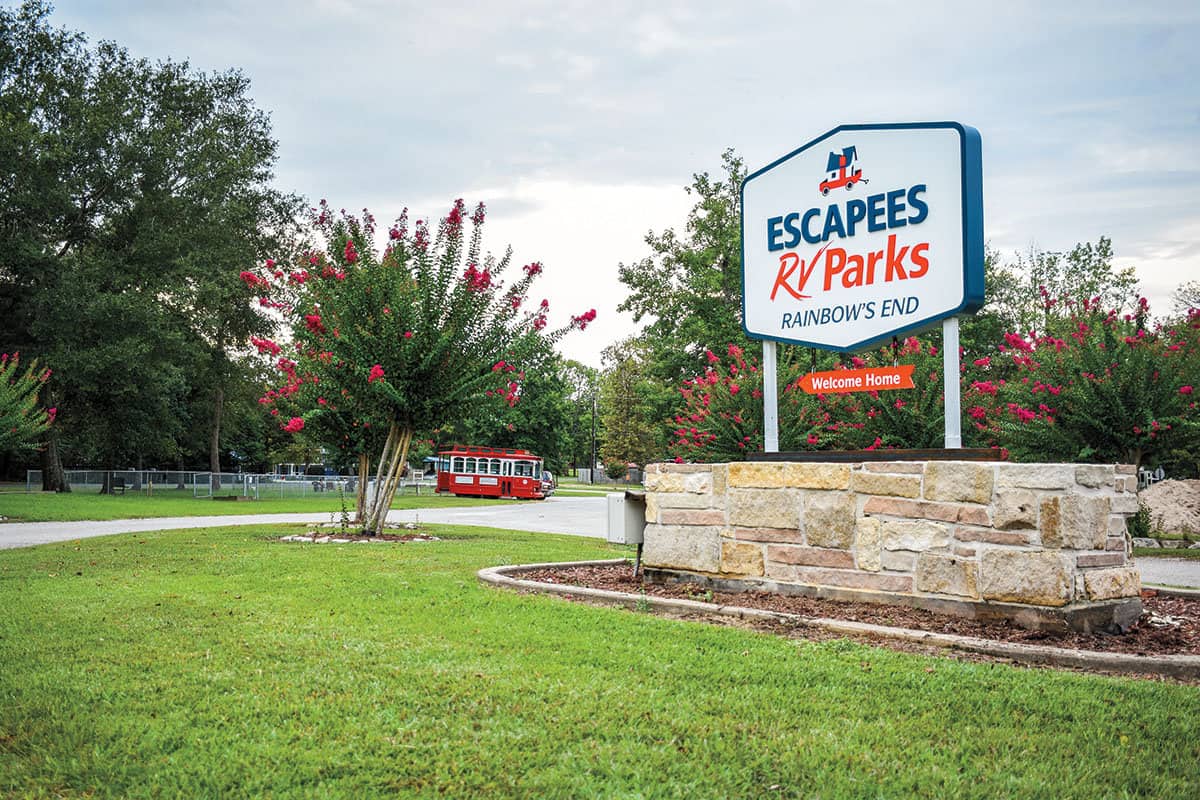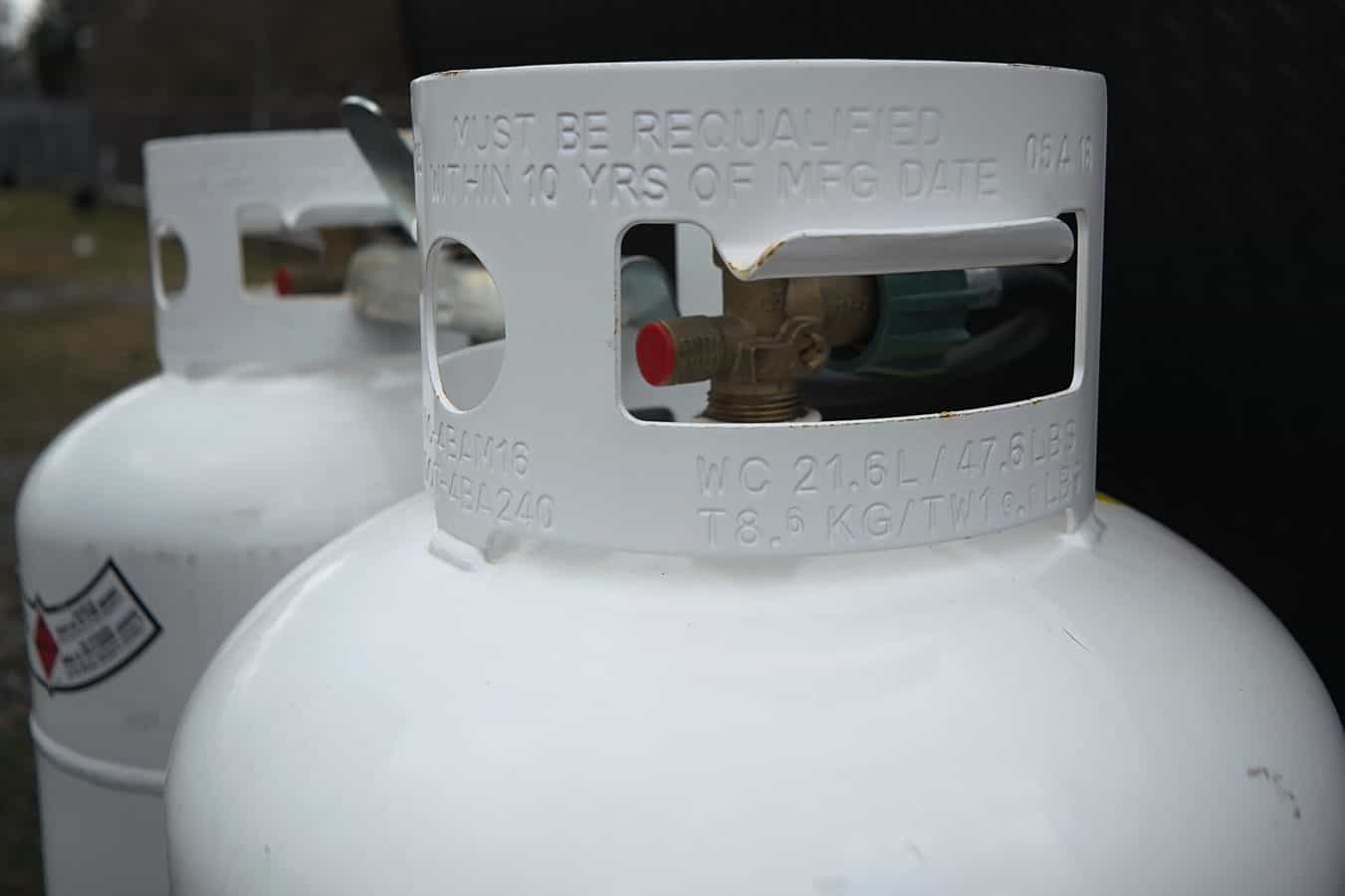
Before driving out on a journey in your RV, there are a few things you should know about your hot water heater to avoid any mistakes. So here are 11 tips to help you have a successful hot water heater for your trip!
What are 11 mistakes to avoid and handy tips for using RV hot water heaters?
- How to get rid of a Bad Smell- Cycle Water Heater?
- Turn down the Heat to Save on Propane
- Fill RV with Enough Water
- Drain Water Heater When Not in Use– Save from Leaking!
- Install RV Hot Water Heater Bypass Valve
- Drain Water Heater when Winterizing RV
- Drain Flush Twice a Year
- Turn Bypass Valve Back off in RV after Winter
- Install an anode rod
- Don’t waste the hot water! Use Sparingly
- What to do if Pressure Temperature Valve is Dripping
Most RV water heaters work with propane gas to start with so it is important to take precautions to make sure your water heater is working properly. We will go into further details about each tip or mistake that could be made and how to achieve the best results.
1. How to Get Rid of a Bad Smell- Cycle Water Heater?
Okay, so there’s a bad smell coming from the water… gross right? What could possibly be going wrong in there?
This is due to sulfur in the water mixing with electro-galvanic action from hydrogen in the water. It doesn’t mean there are eggs stuffed down in the drain.
To get rid of this problem, you will want to stop the water supply and drain the water heater. Then reinstall the plug for the drain.
Take away the pressure-temperature relief valve and try mixing in a solution into the water. You will need to put this solution in multiple times, cycling it in about 4 times.
Solution to mix in:
White Vinegar and Water– usually most tanks are 10-gallon tanks so mix 6 gallons of vinegar with 4 gallons of water.
After putting this in, drain the water and flush it to get rid of it all. After flushing with fresh water, you can put the drain plug and pressure-temperature valve back on it. Then finally refill the tank with new water.
Tip: How to avoid smelling bad smells from the Water Heater
If you want to avoid these smells, drain and flush your water heater frequently. When the water sits in the tank with the sulfur, the two mix and
2. Turn Down the Heat to Save on Propane
Since some RV’s use propane for their water heater, it will cost some money to buy the propane that is used for the heating process. The reason why I say turn down the heat is to use less propane, The less propane used, the less you have to purchase thus saving you money.
Simply choose to not put the water all the way over on the hot side but rather just select the warm section instead.
So even though your shower or dishes may not be washed underneath the same temperature as you would like at home, if you choose to use less heat, it will actually save you in the long run.
Some other water heaters are also run on electricity and heat from the engine. Electricity seems to be easier but also it is helpful if you have a heater that will heat from the engine since it’s putting that heat to good use.
3. Fill RV With Enough Water
An important part when setting up a water heater in an RV is to fill it up with enough water so that it can work efficiently.
Usually, a water heater if it is not winterized, or bypassed, it will automatically fill to the right amount when connected to a water source.
Caution: do not turn on the hot water heater unless it is filled with water. This will damage it.
When not connected to a water source, the water pump will come in handy to do the same thing but just remember that the heater is filled before you turn it on.
So again, the way to turn on the RV water heater is to
- Attach the RV water supply to a hook up (like a hose)
- Ensure water filter is installed and open valve connection
- Add water if needed for the freshwater tank
- Check the panel of the water heater to make sure it is connected
- Make sure the water heater is off
- Once you do turn on the water pump, turn on a faucet for hot water
- If water is flowing through the facet, you should be good to go!
4. Drain Water Heater When Not in Use– Save from Leaking!
When you are not using your water heater as if you aren’t currently living in your RV, it is smart to drain the water in the water heater to keep the water flowing right and to keep it fresh. Even after draining it after every camping trip can really help.
A reason why you don’t want the water to sit is that it will start to smell really bad. It’s like how we talked about earlier getting rid of that bad smell that comes because due to the hot water and the sulfur, it works similar to that of a hot spring. It can get smelly when the two
If the water stays in there without being drained, it could lead to your pipes leaking. This can cause lots of damage and money needed to repair the damages.
Just drain the water often, it will help you in the long run! No smelly smells, no broken pipes, which will make you a happy camper.
Tip: What to do if your Water Heater is already leaking?
If your water heater is already leaking, turn off the heater and the water that’s connected to the tank. Make sure the power supply for the tank is off and then observe the tank.
Check and see if there is a loose valve like the drain valve, in particular, could cause some leaking. Check the pressure, check if the tank is cracked and also the bottom of the heater.
If it is a problem that you cannot fix, make sure to bring it into an RV shop that can help you, especially if there are cracks in the pipes.
5. Install Hot Water Heater Bypass Valve
You may or may not already have a hot water heater bypass valve, but it is important to make sure if you do or not. This bypass valve helps prevent any freezing of the valves so that your water heater does not freeze during the winter.
One way to identify if you have a bypass valve or not is by looking at your water heater and noticing if there is a pipe connected between the hot and the cold pipes. If there is one connected, then you have a bypass valve. If not, you can install a bypass valve.
If you have a three-valve system, make sure that the valves are perpendicular then turn the bypass valve parallel to them. Then that’s it! The bypass will help prevent freezes between inside the tank.
If you have a two-valve system, make both of the valves parallel then that will allow the bypass to work correctly.
6. Drain Water Heater when Winterizing RV
When you are winterizing your RV it is also important to drain it during this time. Being in the cold will mean to re-drain it to make sure you have good water ready for the winter season.
By draining the water, it will help avoid any pipes from freezing and cracking. This is why it is important to turn on the winter bypass valve to make sure the pipes do not freeze or crack making you have to deal with more problems when you get back on the road.
To drain your tank make sure first stop the main water supply from whatever it is hooked up to as a source. Then remove the drain plug for the heater tank.
There may still be water in the tank which isn’t good to have. So you can use water or air to flush the tank. This flushing will help get all the water out.
Something that may help with draining is getting an RV water heater tank flusher tool. This tool can hook up to a hose and reduces the amount of water needed to flush out the water heater tank.
7. Drain/ Flush Twice a Year
During the year it is best to drain and flush at least two times to make sure the tank operates accurately. It especially helps if you use your RV and water heater frequently. Flush it often and it will help the storage tank live longer.
Like I was saying earlier, you could even drain or flush your hot water heater after every camping trip you take. The reason why this is so important is:
1) you will avoid gross smells with the hot water and sulfur and 2) it will save you from any pipes breaking and leaking.
Especially during the winter this will help greatly because pipes tend to freeze.
8. Turn Bypass Valve Back off in RV after Winter
When you get back on the road after the Winter season, be sure the bypass valve is back off from the Winter Season because you don’t any use for it if there is no cold outside. Make sure the bypass valve is changed back into its original position.
This may also be why in the Spring you may have troubles feeling hot water, did you forget to turn the bypass valve back off?
It is also important that there is water again in the hot water heater tank. Make sure to fill the tank with water if you drained it beforehand because if not it could damage the tank pretty badly.
9. Install an Anode rod
If you install an Anode rod, corrosion will avoid harming your actual water heater tank. It will then corrode the rod instead of your tank. Just make sure to watch the rod because when it becomes corroded, it will need to be switched out for a new rod.
Water will naturally try to corrode your tank, that’s why it’s so important to have an anode rod because then only the rod will become corroded and you will have a longer living water heater tank!
Overall this will really help your hot water tank last longer so it’s worth the price of buying and installing one!
10. Don’t Waste the Hot Water! Use Sparingly
One detail you probably noticed about your hot water heater is that it is smaller than one for a house. That being said, it is important to realize that it can only provide so many gallons of hot water before running out.
Hot water tanks carry about 6-10 gallons of hot water while a
To help avoid running out of how water fast, try to follow these tips:
Be careful to take shorter showers, use hot water sparingly when you wash the dishes, and especially be careful if more than one person hopes to take a hot shower, they may be in for a surprise if the person before them takes too long in there.
That and be careful if you have a heating tank that is run by the heat from the engine. If you haven’t used the engine in a while, there may not be as much heated water to use.

11. What to Do if Pressure Temperature Valve is Dripping
So the good news is that just because your pressure temperature valve is dripping, doesn’t mean there is any serious problem. This just means there is an expansion of water while being heated in the system.
There are some tanks that have air gaps in them so that the dripping will be minimalized. Sometimes this air needs to be replaced because the water will absorb it.
You can do this by simply turning off the water heater tank, turning off all water supply and then open one of the hot water faucets.
Then pull the handle for the pressure-temperature relief valve out to let water out. When it stops, you can let the pressure-temperature relief valve to close then turn off the faucet again.
Now you should be able to turn on the water supply again and hopefully, this can help.
Related Questions:
How long does it take an RV Water Heater to heat? RV water heaters typically take 20 minutes to heat up the water. It also depends on how many gallons of water is in it if there are 10 gallons it can take longer to heat up.
Should I leave my RV Water Heater on all the time? It is alright to leave the RV water heater on all the time just like a normal water heater in a home, however, make sure it always has water in the water heater. That and economically it may be better to turn it on just when you need it but either way it is okay.




My LP only water heater failed. I found an LP/Elec used water heater to replace it. How can i connect the ignitor and electric hook up that did not exist on original?
1. Can I leave water in my hot water tank while driving on my trips?
2. Can I leave water in my tank until I winterize?
You have 2 lines one at top,one on the bottom
Do I hook up the 2 together that should be by passed please let me know
Hi in my Jayco RV , I had turned off my water supply and forgot to turn off my water heater. I won’t be back there for 2 weeks. Will this damage my water heater??